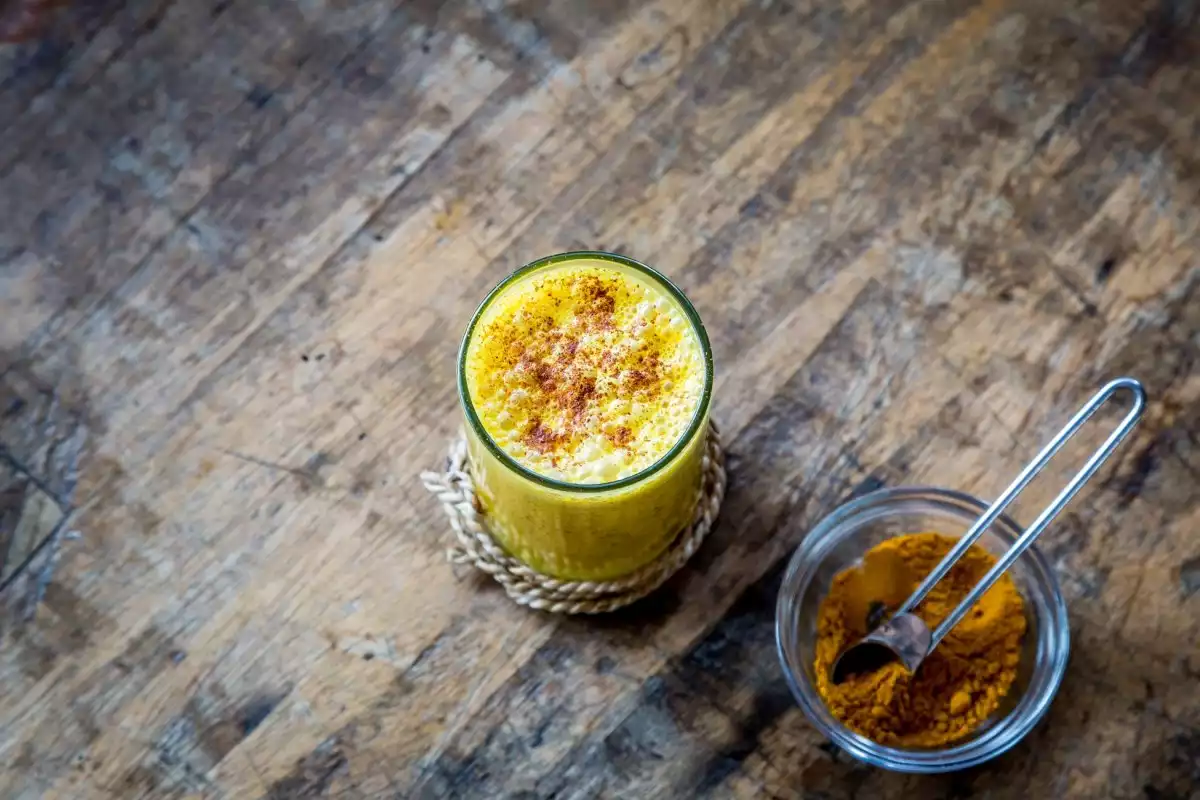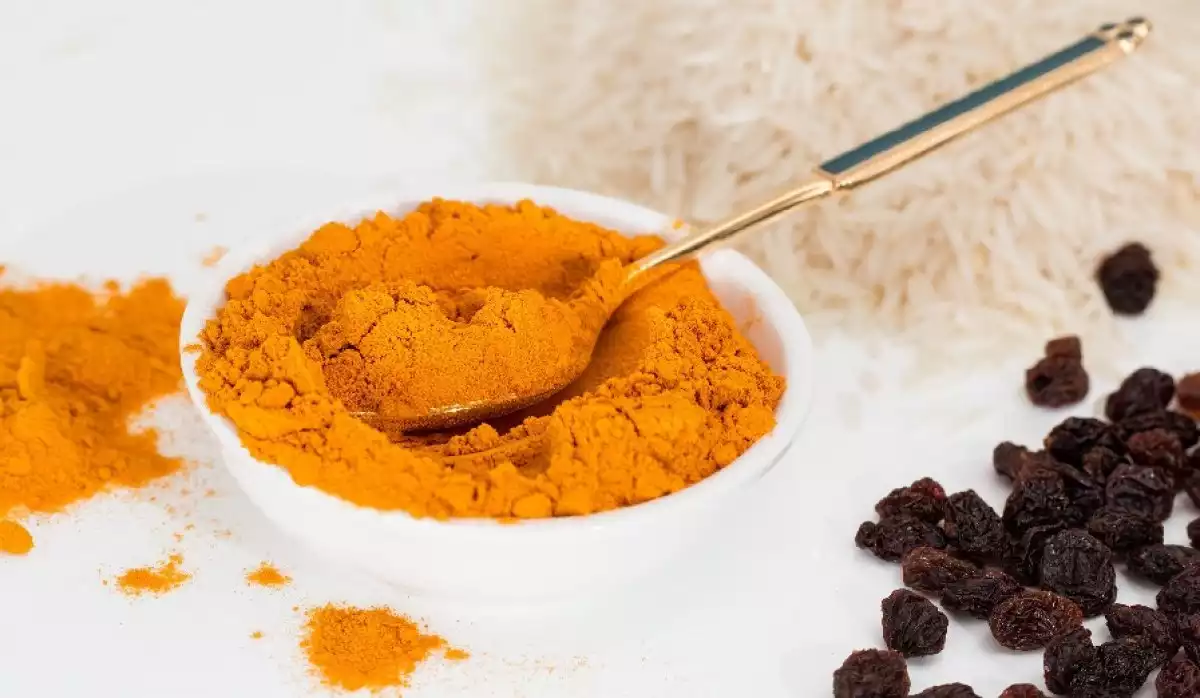Although known primarily for its use as a spice in traditional Asian cuisine, turmeric is used as a natural remedy for its properties and health benefits. For example, it is said to be a natural anti-inflammatory and also helps lose weight. In recent years scientific research has not made many advances in studying this plant and its properties. In this article, we analyze turmeric and the benefits of consuming it.
What is turmeric and how to use it
Curcuma longa is a plant of the Zingiberaceae family, to which ginger and cardamom also belong. The turmeric root extract —or rhizome— is used for both cooking and as a natural remedy. 'Kurkum' means 'saffron' in the classical Arabic language, because turmeric has the intense yellow color of saffron. It is frequently used as a coloring and seasoning for foods such as rice, meat, sauces or soups. It is also a common component of curry.
Turmeric tea prepared from the powder of the Curcuma longa root is one of the most common ways of taking it. Also, turmeric pills are popular nowadays. Because of its healing properties, turmeric has been used since ancient times in South Asia, where the plant originated. Both Indian Ayurvedic and traditional Chinese medicine use turmeric in many of their natural remedies.
Turmeric benefits
Scientific research suggests that turmeric has healing properties. However, some of these studies are considered a fraud by other experts. In many cases, these potential benefits have been attributed to curcumin, one of the components of turmeric, but this also does not seem to be clear.
1. Helps weight loss
Research seems to indicate that, if used as a condiment on a regular basis, turmeric would contribute to weight loss by inhibiting the growth of fatty tissue, and it also hinders lipogenesis, i.e., the conversion of sugars into fatty acids. The scientific evidence for its weight loss properties is still weak, as is the evidence for the other possible benefits.
2. Beautifies the skin
Among the skin benefits attributed to turmeric are the reduction of wrinkles and inflammation of the face, control of oily skin, inhibition of facial hair growth, prevention of acne caused by bacteria and viruses, exfoliation of the skin and removal of dandruff.
3. Relieves digestive problems
Turmeric may improve the digestion process and reduce stomach and intestinal symptoms from slow digestion, especially from very fatty foods, thus relieving gas, bloating, or heartburn.
It is also said to be helpful in treating digestive disorders, such as irritable bowel syndrome and dyspepsia. The stomach of people with dyspepsia does not relax when they receive food, so they feel discomfort in the upper belly area after meals.

4. Prevents relapse of ulcerative colitis
Research with people diagnosed with ulcerative colitis shows that taking turmeric reduces the risk of relapse after remission. However, other studies state that turmeric is not beneficial for stomach ulcers because it increases stomach acid and may aggravate existing symptoms.
5. Reduces arthritis pain
It has been suggested that the natural anti-inflammatory properties of turmeric may relieve the painful symptoms of osteoarthritis, rheumatoid arthritis, and similar problems such as carpal tunnel syndrome. However, these studies are also inconclusive.
6. Boosts the immune system
Turmeric could increase the effectiveness of our defenses at a general level. We describe some consequences of this property below. According to animal experiments, it could help cure infections of viruses and bacteria, but this effect has not yet been studied in people.
7. Protects the heart
Some animal studies indicate that turmeric may prevent the formation of cholesterol plaques and blood clots, thus helping to treat atherosclerosis and other circulatory problems.
This protective effect against cardiovascular problems has been attributed to the reduction of cell death. However, when this property has been investigated in humans, it has not been possible to verify the hypothesis.
8. Helps prevent cancer
The antioxidant properties of curcumin and other components of turmeric protect cells, which has sometimes been linked to a reduced risk of developing some cancers, particularly breast, prostate, colon, duodenum, and skin cancers.
In terms of cancer treatment, this effect would in no way replace pharmaceutical therapy, but could, in any case, be used as an adjunct. Turmeric may also be effective in alleviating the adverse effects of cancer drugs and chemotherapy, such as nausea and vomiting.
9. Prevents neurodegenerative diseases
The antioxidant and anti-inflammatory properties attributed to turmeric may be beneficial in preventing and reducing the symptoms of diseases such as Parkinson's, Alzheimer's, and multiple sclerosis.
10. Protects the liver
The medicinal properties of curcumin are also related to the protection of liver diseases. These include fatty liver, hepatitis, cirrhosis, or gallbladder problems.
11. Improves breathing
Turmeric has been said to expand blood vessels, so it has been used by Ayurveda medicine to treat breathing problems such as allergies, asthma and bronchitis, as well as colds and cough.
12. Natural antidepressant
Although it is unclear how this effect occurs, studies in mice show that turmeric regulates the levels of neurotransmitters involved in depression (serotonin, noradrenaline, and dopamine).
This property is very similar to that of antidepressant medications and it has even been suggested that turmeric may be more useful than some of them, although the data currently available do not confirm this.
13. Regulates the menstrual cycle
Turmeric is thought to have various healing properties related to menstruation. In addition to helping to normalize irregular cycles and hormone levels, it increases flow and reduces pain, such as premenstrual syndrome.
How to take turmeric
Turmeric tea is the most popular way of taking this plant. Turmeric powder is used as an ingredient to prepare it and can be combined with ginger or other ingredients. Some people take turmeric capsules. However, it is not the most common method of administration.
On the other hand, there are plenty of turmeric recipes. It is widely used in the preparation of different types of sauces. Also, as we have said, one of the most popular turmeric recipes is curry, where it is the main ingredient. Turmeric latte is also a very popular recipe nowadays.
- This article about "Turmeric" was originally published in Spanish in Viviendo La Salud

